The most common signs of psoriasis include dry, thick and raised patches on the skin that are often covered with a silvery-white coating called scales.
Symptoms associated with psoriasis vary among individuals with the condition. What you see and feel depends on the type of psoriasis you have, where it appears on your skin and the amount you have.
Below is a brief description of what each type of psoriasis may look like.
- Plaque psoriasis is the most common type of psoriasis. With this type you may see thick, raised patches (plaques) that can be scaly and itchy.
- Guttate psoriasis often appears as tiny, scaly bumps that are a salmon-to-pink color.
- Inverse psoriasis typically appears in areas where skin touches skin, such as the armpits or genitals. These appear as smooth, red patches that look raw and may be sore or painful.
- Pustular psoriasis causes pus-filled bumps that look red and swollen, but are not due to an infection or bacteria.
- Generalized pustular psoriasis is a rare type of psoriasis that is serious and life-threatening. It causes pus-filled bumps to develop on much of the skin.
- Erythrodermic psoriasis is also serious and life-threatening. With this type, most of the skin appears to be burnt.
Psoriasis can also affect your nails, so it is important to look for any changes in the appearance of your finger and toe nails.
In addition, psoriasis can affect your joints, causing a disease known as psoriatic arthritis. The signs can be subtle, but you may notice swollen and tender joints, heel pain or stiffness in the morning that fades during the day.
Learn more about the different types of psoriasis from the American Academy of Dermatology.


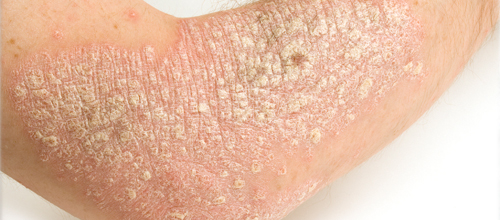
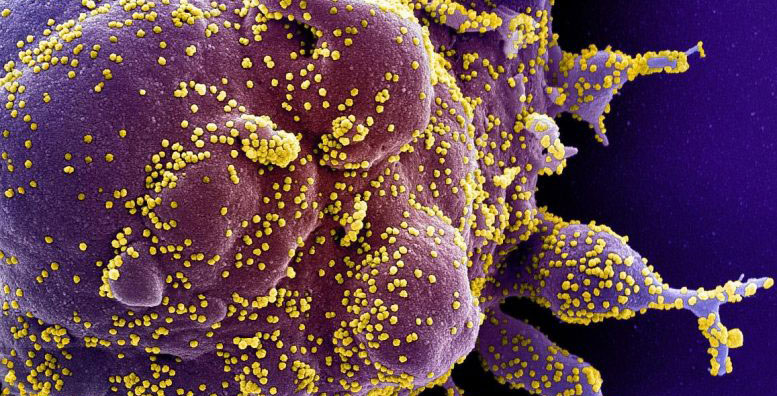

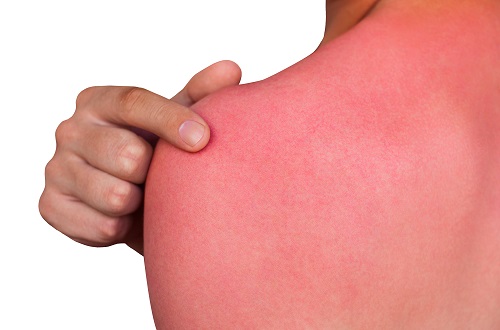
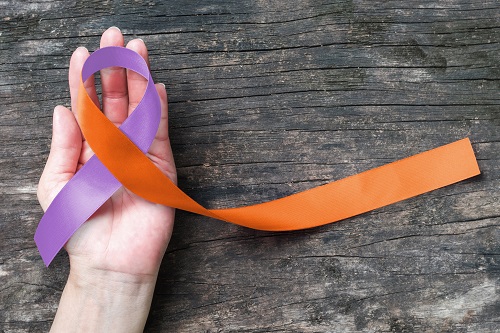
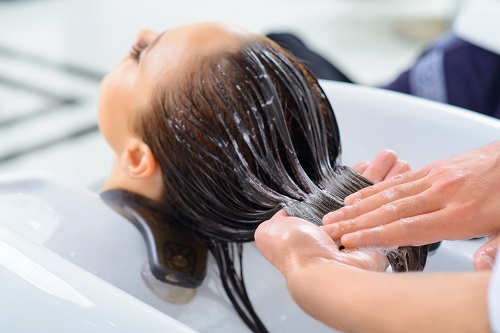

Leave a Reply